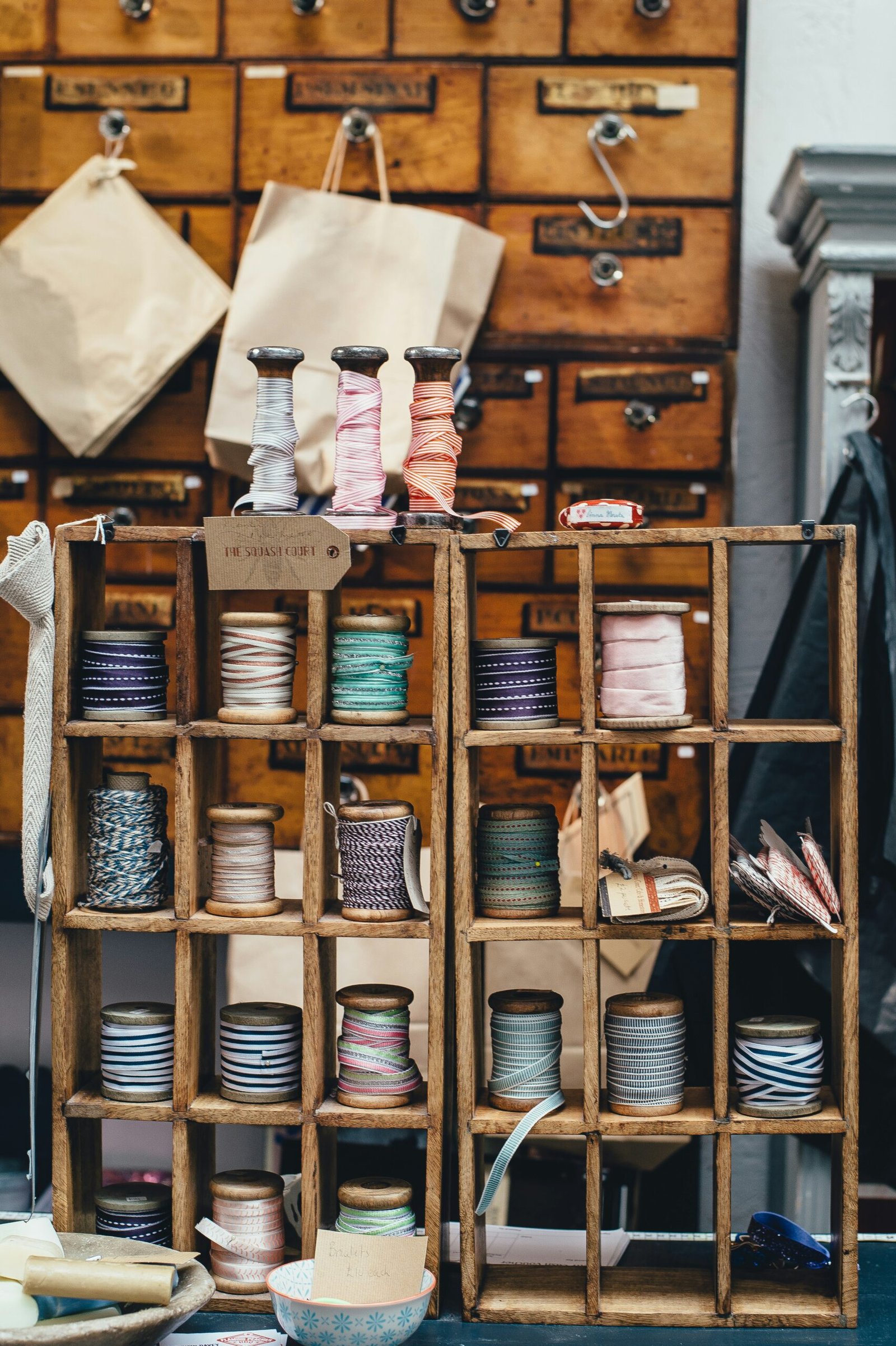Ultimate Guide to Maldivian Crafts and Souvenir Shopping
Understanding Maldivian Culture and Crafts
The Maldives boasts a rich cultural heritage that reflects its unique history and diverse influences. This is particularly evident in the traditional crafts that serve as a testament to the skills and creativity of the Maldivian people. These crafts, passed down through generations, not only embody artistic expression but also hold significant cultural value, intertwining with the daily lives and customs of the islanders.
Key local art forms include weaving, woodwork, and coconut shell crafts. Each of these crafts utilizes materials that are abundant in the Maldivian environment. For instance, weaving is often accomplished using locally sourced materials such as reeds and palm fronds, showcasing the artisans’ connection to their surroundings. Traditional mats and baskets created through weaving not only serve practical purposes but also reflect the aesthetic sensibilities of Maldivian culture.
Woodwork is another prominent craft, with skilled artisans crafting intricate designs from native trees like coconut and breadfruit. This craft has historical significance, as wooden artifacts were traditionally used in village life, from functional items to ornamental pieces. The craftsmanship involved in woodwork represents a legacy of expertise that has been nurtured through the years, emphasizing the importance of preserving these techniques.
Coconut shell crafts are also notable, with local artists transforming discarded shells into beautiful items such as ornaments and utensils. This resourcefulness highlights a common theme in Maldivian crafts — sustainability and respect for the environment. Supporting local artisans by purchasing these crafts not only fosters the continuation of these age-old traditions but also empowers the communities that rely on these skills for their livelihoods.
In essence, the rich tapestry of Maldivian culture is intricately woven with its crafts, reflecting both historical roots and contemporary expressions. By engaging with these traditional art forms, visitors to the Maldives can gain a deeper appreciation for the islands’ heritage and the skillful artisans who keep these crafts alive.
Top Places to Shop for Souvenirs in the Maldives
The Maldives, renowned for its stunning landscapes and rich culture, is also a treasure trove of unique crafts and souvenirs. To enhance your shopping experience, here are some of the best places to consider during your visit.
First, the local markets offer an authentic glimpse into Maldivian life. Particularly, the Male Fish Market is a noteworthy destination. While primarily a fish market, it also features stalls selling handcrafted items, including woven mats and traditional fishing gear. Markets in islands like Maafushi showcase artisanal crafts, where you can find items such as hand-painted coir bags and locally produced jewelry.
Another excellent location is the island shops, which often highlight local craftsmanship. For instance, Thulusdhoo is famous for its surfing culture and also features numerous shops selling handmade surfboards and beachwear. These shops not only provide unique items but also reflect the local way of life, making them perfect for bringing a piece of the Maldives back home.
For those seeking more specialized items, specialty stores scattered throughout the inhabited islands are a must-visit. Stores like The Gift Shop in Male feature a range of traditional and contemporary crafts, including lacquer work and local textiles. When shopping in these specialty stores, inquire about the origin and authenticity of the crafts to ensure that you are supporting genuine local artisans.
While engaging in souvenir shopping, it is crucial to be mindful of quality and authenticity. Look for items that are handmade and locally sourced, as these often carry the essence of the Maldives. Supporting local businesses not only allows you to obtain unique souvenirs but also contributes positively to the Maldivian economy. Thus, exploring these various shopping venues not only promises unique finds but ensures a rich cultural experience as well.
Popular Maldivian Souvenirs and Their Significance
When exploring the Maldives, visitors are often drawn to the rich array of handcrafted souvenirs that reflect the nation’s unique culture and artistry. Among the most cherished items are the traditional handmade mats, known as thuni, which are woven from natural fibers. These mats, often adorned with intricate designs, showcase the skillful craftsmanship passed down through generations. The cultural significance of thuni lies in their usage for ceremonial occasions as well as everyday life, making them an ideal memento of Maldivian tradition.
Another popular souvenir is the exquisite jewelry crafted from local materials, including shells, corals, and silver. Maldivian artisans create stunning pieces that not only enhance personal style but also tell a story about the environment. The intricate designs often reflect themes from nature, capturing the essence of the islands. These pieces serve as meaningful gifts that connect the recipient to the beauty and serenity of the Maldives.
Traditional musical instruments, such as the bodu beru, also stand out as significant souvenirs. This large drum is integral to Maldivian music and dance, used during celebrations and cultural performances. Purchasing a bodu beru offers visitors a glimpse into the vibrant musical heritage of the islands. Furthermore, locally crafted wooden items, like fishing tools and decorative sculptures, embody the Maldivian way of life, demonstrating the exceptional woodworking skills of local artisans.
Each souvenir encapsulates a story, preserving the Maldivian lifestyle and connection to the natural world. These items are more than mere decorations; they represent the craftsmanship and creativity that thrive within the island communities. Selecting a piece of Maldivian art not only enriches one’s journey but also supports local artisans, ensuring the continuation of these cultural practices for future generations.
Tips for Finding Authentic Crafts and Negotiating Prices
When shopping for Maldivian crafts, it’s essential to be able to identify authentic items, as the market can often be saturated with low-quality replicas. Begin your journey by familiarizing yourself with the types of crafts indigenous to the Maldives. Look for items such as intricately carved wooden sculptures, handwoven mats, and traditional lacquer ware. Authenticity can often be gauged by the quality of craftsmanship; genuine pieces will demonstrate meticulous attention to detail and a seamless finish.
Engaging directly with local artisans can also enhance your shopping experience. Visit local markets or directly at workshops, where you can witness the creation of these crafts. This not only ensures that you are purchasing an authentic item but also provides an opportunity to learn about the cultural significance behind each piece. Moreover, don’t hesitate to ask artisans about the materials used and the techniques employed in crafting the items; this demonstrates respect for their artistry and helps you appreciate their work more fully.
When it comes to negotiating prices, remember that bargaining is a common practice in the Maldives. Start by asking the seller about the price, then offer a counter, usually about 20-30% less than the initial price. This allows room for negotiation, ensuring you arrive at a mutually agreeable price. It’s also advisable to investigate average prices for specific items to avoid overpaying. For instance, a well-carved coconut shell can range from $10 to $30, depending on its detailing and size, thus providing a frame of reference during negotiations.
Pay attention to the modes of payment accepted. While cash is widely preferred, some artisans may also accept mobile payment methods. Understand the value of local craftsmanship and consider making purchases that contribute positively to the community, fostering ethical shopping practices that support artisans and their families.

